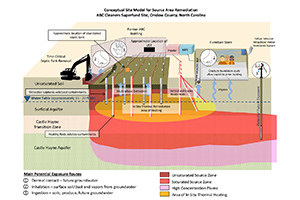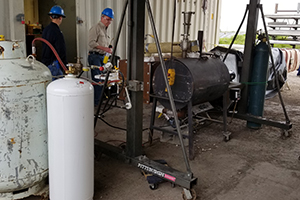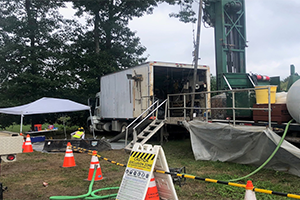Services
EA offers the full spectrum of site characterization and remediation services, including Phase I property assessments, site investigations, risk assessment, multi-media fate and transport modeling, and design-construct-operate of site remediation systems and site closure at hazardous wastes contaminated with petroleum, oil, lubricants, mixed waste, radioactive constituents, hazardous building materials, unexploded ordnance; and munitions constituents. Specific to thermal remediation, our capabilities include:

Key Contacts
 Kim Nelson, P.G.
Kim Nelson, P.G.
Senior Vice President, Director of Federal Programs
Email Kim

Mike Hertz, P.G.
Vice President, National Service Program Manager
Email Mike



